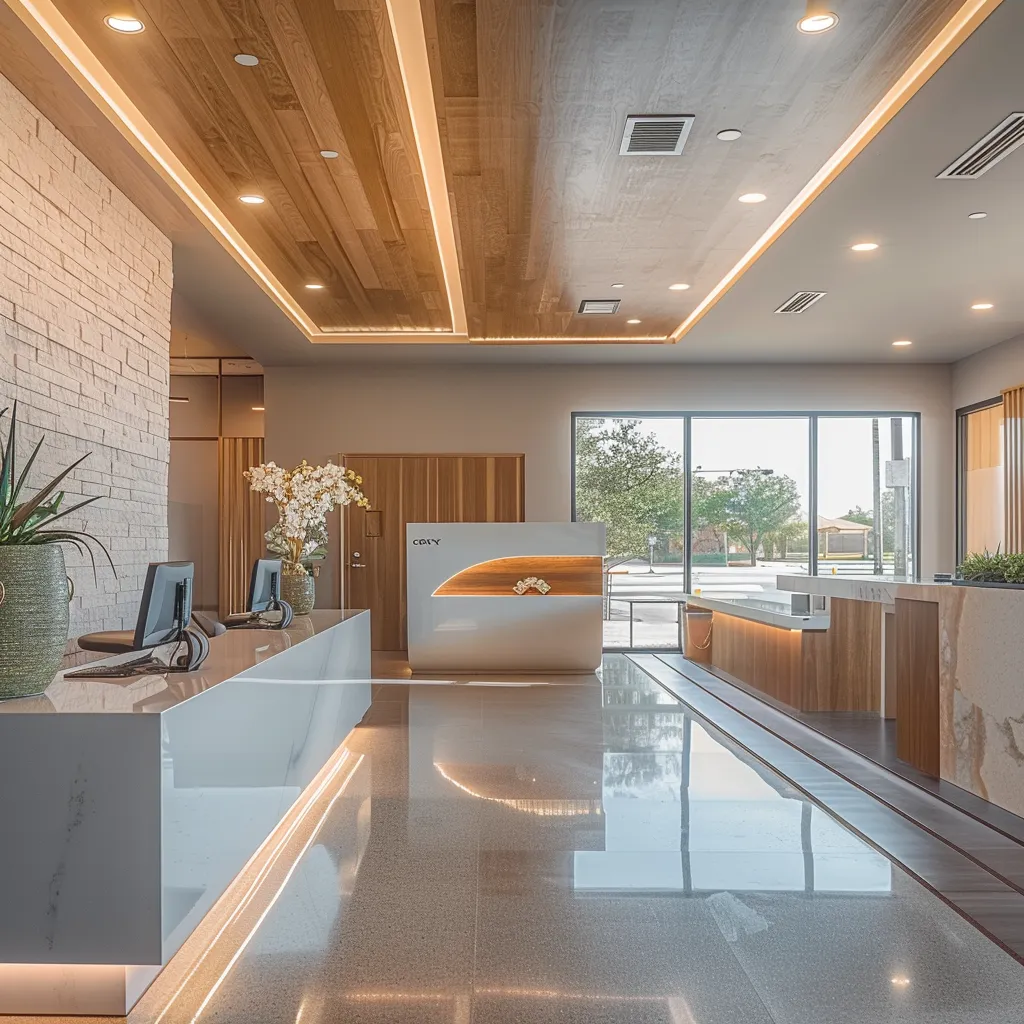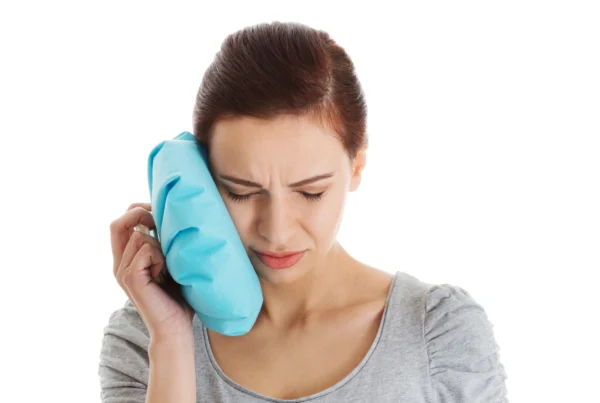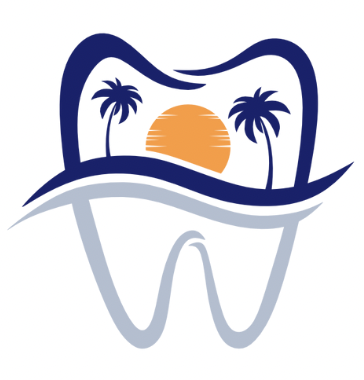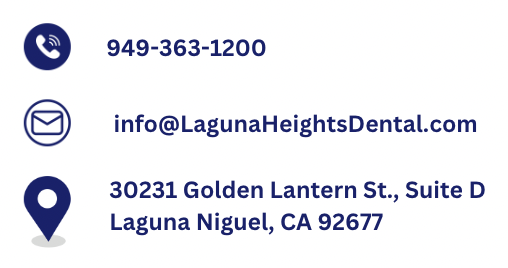Dental problems don’t always arrive with a clear warning. One moment you’re chewing comfortably, and the next you feel a sharp pain, swelling, or a sudden break in your tooth. These moments can cause fear and confusion. Should you rush to an emergency room? Call your dentist right away? Or wait it out until regular hours? Knowing whether you’re dealing with an urgent or emergency dental issue can be the key to protecting your health, preserving your teeth, and avoiding unnecessary stress.
This comprehensive guide will help you distinguish between urgent and emergency dental care. We’ll walk through the symptoms to watch for, the steps to take during a crisis, and how to choose the right provider. You’ll also learn the best preventive practices to avoid facing a dental emergency in the first place. With the right knowledge and preparation, you can confidently take control when dental trouble strikes—and make decisions that save time, money, and possibly your smile.
Understanding the Difference Between Urgent and Emergency Dental Care
Urgent dental care and emergency dental care are both time-sensitive, but they vary in severity and required response time. Urgent care situations are not immediately life-threatening but still require attention within 24 to 48 hours to avoid escalating into more serious problems. These are conditions where waiting a few days could lead to worsening pain, infection, or additional complications.
Emergency dental care, on the other hand, is for situations that cannot wait and may involve systemic health risks. These include injuries or infections that affect breathing, swallowing, or result in uncontrollable bleeding. These conditions are true emergencies, meaning you need care right away. Understanding this distinction ensures you seek appropriate help without delay, protecting both your teeth and your overall health.
Examples of Urgent vs. Emergency Dental Scenarios
Knowing how to categorize your symptoms can help you take the right action. Urgent dental problems often begin as minor issues but can rapidly escalate if left untreated. They usually involve significant discomfort, visible damage to teeth, or signs of early infection—but without the immediate danger of systemic effects.
Examples of urgent dental conditions include:
- Severe but manageable toothaches
- Chipped or cracked teeth with no exposed nerve
- Lost fillings or crowns
- Localized gum swelling or bleeding that stops with pressure
These types of issues should not be ignored. Even though they may not seem serious at first, delaying care can lead to complications like infection, deeper structural damage, or the need for more invasive procedures. Timely attention is essential to minimize risks and preserve your oral health.
Emergency dental scenarios require immediate action because they present serious health risks or extreme pain that cannot be managed at home. These situations can quickly deteriorate and may result in permanent damage or even become life-threatening if not addressed urgently.
Examples of emergency dental conditions include:
- Facial trauma with tooth loss or jaw injury
- Uncontrolled bleeding from the mouth
- Rapidly spreading swelling that affects breathing or swallowing
- Infections accompanied by fever, difficulty opening the mouth, or visible facial inflammation
In these cases, you should seek emergency dental care or head directly to an emergency room, depending on the severity and availability of dental professionals. The key is acting fast—minutes can make a major difference in outcomes.

What to Do During a Dental Crisis
When a dental problem occurs, taking the right action immediately can prevent the situation from worsening. Your first step is self-assessment. If you’re experiencing intense pain, swelling that’s spreading, or bleeding that won’t stop, you may be dealing with a dental emergency. If the pain is significant but not debilitating, or the damage is visible but not life-threatening, it may be an urgent situation that still requires prompt attention.
Once you’ve assessed the severity, move on to basic first aid. Rinse your mouth with warm water to remove debris and reduce bacteria. If there’s bleeding, apply gauze with firm pressure. For swelling, a cold compress on the outside of your cheek can help reduce inflammation. Over-the-counter pain relievers such as ibuprofen can provide temporary relief, but avoid aspirin if there’s active bleeding as it can make it worse.
After stabilizing the situation, contact your dentist or an emergency dental provider. Provide clear, detailed information about your symptoms—including when they started, how severe they are, and whether they’ve changed. This helps the dental team triage your case and prepare the right resources for your arrival. Never wait too long—early action often leads to better outcomes and less intensive treatments.
Choosing the Right Type of Care Provider
In a dental emergency, where you go for help matters. Choosing the right provider depends on the nature and severity of your symptoms, as well as the time of day and what’s accessible to you.
Here’s how to choose the right type of care:
- Emergency Dentist: This is your first and best option for most urgent and emergency dental problems. Emergency dentists are equipped with the tools, training, and availability to treat a wide range of dental injuries, infections, and pain. Many have on-call services and extended hours for exactly these scenarios.
- Urgent Care Center: If your dentist is unavailable and you’re experiencing significant discomfort or signs of infection, an urgent care center can provide temporary relief, prescribe antibiotics or painkillers, and refer you to a dental professional for follow-up care.
- Hospital Emergency Room: Head to the ER if you have facial trauma, difficulty breathing or swallowing, or a spreading infection with systemic symptoms like fever or confusion. These are serious medical emergencies that go beyond the scope of dental clinics.
Each setting serves a different purpose, and making the right choice ensures you get timely and appropriate care. When in doubt, call ahead and explain your symptoms—trained staff can direct you to the best option.
How to Prevent Dental Emergencies Before They Happen
While not all dental emergencies are preventable, many can be avoided with a strong preventive routine and early intervention. Most serious dental problems begin as small, manageable issues that go unnoticed or untreated. That’s why regular dental check-ups are critical—they help catch problems early, when treatment is simple and far less costly.
In addition to routine cleanings and exams, practicing excellent oral hygiene at home forms the foundation of prevention. This includes brushing twice daily with fluoride toothpaste, flossing at least once a day, and using mouthwash to control bacteria. Nutrition also plays a role—limiting sugary snacks and drinks reduces the risk of decay and infection.
Here are some additional preventive measures:
- Use a mouthguard when playing contact sports to prevent injury to teeth and jaw
- Avoid chewing hard objects like ice, pens, or fingernails which can crack teeth
- Treat grinding or clenching with a nightguard to protect against wear and fractures
- Replace old dental work before it fails—loose crowns and fillings can quickly turn into emergencies
By making these habits a consistent part of your routine, you significantly reduce the risk of sudden dental problems. Prevention isn’t just about avoiding pain—it’s about peace of mind, lower costs, and keeping your natural teeth healthy for life.
The Final Word: Knowledge is Prevention, and Preparation is Power
When dental trouble strikes, hesitation can be costly. That’s why understanding the difference between urgent and emergency care is vital. It equips you with the power to respond appropriately, avoid unnecessary panic, and protect your health and your smile. With this knowledge in hand—and a trusted provider on your side—you can face dental challenges with confidence, clarity, and control.
The next time something feels off, don’t wait. Assess, act, and reach out. Prevention, preparation, and timely care are your best defenses. And when you have a plan, a crisis becomes just another moment you know how to handle.
How Laguna Heights Dental Supports You in Urgent Times
At Laguna Heights Dental, we understand that dental problems don’t always happen during office hours. That’s why we’ve built our practice around accessibility, responsiveness, and advanced care. Whether you’re dealing with a cracked tooth, a severe infection, or unexplained pain, our team is equipped with the latest diagnostic and treatment technology to act fast—and help you feel better faster.
We offer digital imaging for quick and accurate assessments, advanced pain relief options, and flexible scheduling that includes emergency time blocks. Our communication protocol ensures that when you call with an urgent concern, you’re guided clearly through next steps. In both urgent and emergency cases, you’ll find a dental team that’s calm, compassionate, and fully prepared to provide the care you need.
Laguna Heights Dental and Dr. Nazita Gaff are more than a provider—we’re your partner in oral health. We believe in educating and empowering our patients, not just treating symptoms. When you need answers, reassurance, and expert care, we’re just one call away.
Schedule your consultation Today!
Laguna Heights Dental
28202 Cabot Rd, Suite 600
Laguna Niguel, CA 92677
(949) 363-1200
See More Reviews From Laguna Height Dental. View information about local places in our community.
Frequently Asked Questions
What is the difference between urgent and emergency dental care?
Urgent dental care involves serious but non-life-threatening issues such as severe toothaches, broken fillings, or mild infections. These conditions should be addressed within 24 to 48 hours to prevent further complications. Emergency dental care, on the other hand, includes situations that require immediate intervention—such as facial trauma, uncontrolled oral bleeding, or infections that interfere with breathing or swallowing.
When should I go to the emergency room instead of the dentist?
You should go to the emergency room if you experience severe facial trauma, swelling that affects your ability to breathe or swallow, or symptoms of a spreading infection like fever and confusion. These are medical emergencies that need urgent care in a hospital setting, beyond what a dental clinic can provide.
Can I treat dental pain at home temporarily?
Yes, temporary relief is possible using at-home remedies. You can rinse your mouth with warm salt water, apply a cold compress to reduce swelling, and take over-the-counter pain medications such as ibuprofen. However, these are short-term solutions—you still need to follow up with a dentist to treat the underlying issue properly.
What can I do to prevent dental emergencies?
Prevention starts with regular dental check-ups and good daily oral hygiene habits like brushing and flossing. You should also avoid using your teeth to open packaging, wear a mouthguard during sports, and treat minor dental problems before they worsen. Early intervention and consistent care are the best defenses against unexpected dental emergencies
Related Articles
Emergency Dental Insurance, Emergency root canal, Emergency Extraction, Types of Dental Emergencies, Dental ER, Pediatric Dental Care, What Causes Tooth Pain, Dental Care Tips, Toothache Relief, Lost Filling or Crown





